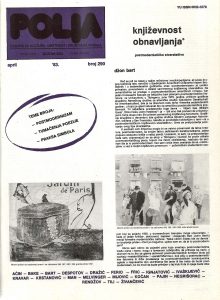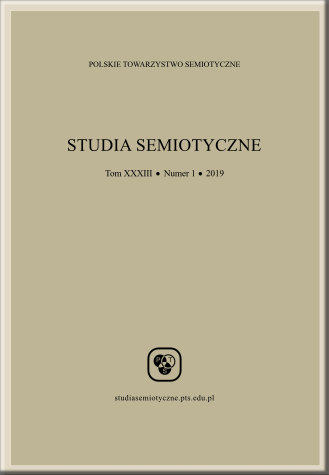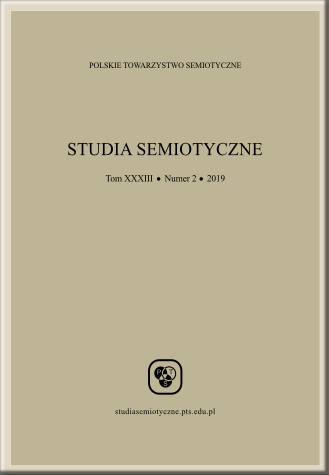
Semiologija i retorika
Koliko je suditi prema raznim nedavnim kritičkim radovima, duh vremena nije sklon formalističkoj i imanentnoj kritici. Kao da više ne čujemo mnogo o važnosti, ali čujemo mnogo o referencijalnosti, o neverbalnom »vanjskom« na koje se jezik odnosi, kojim je uvjetovan i na koje djeluje. Naglasak nije toliko na fikcionalnom statusu književnosti — svojstvo koje danas i suviše olako smatramo očitim — nego na medusobnoj igri tlh fikcija i kategorija za koje kažemo da imaju udjela u stvarnosti, kao što su identitet (self), čovjek, društvo, »umjetnik, kultura i ljudska zajednica«, po riječima jednog kritičara.
More...

